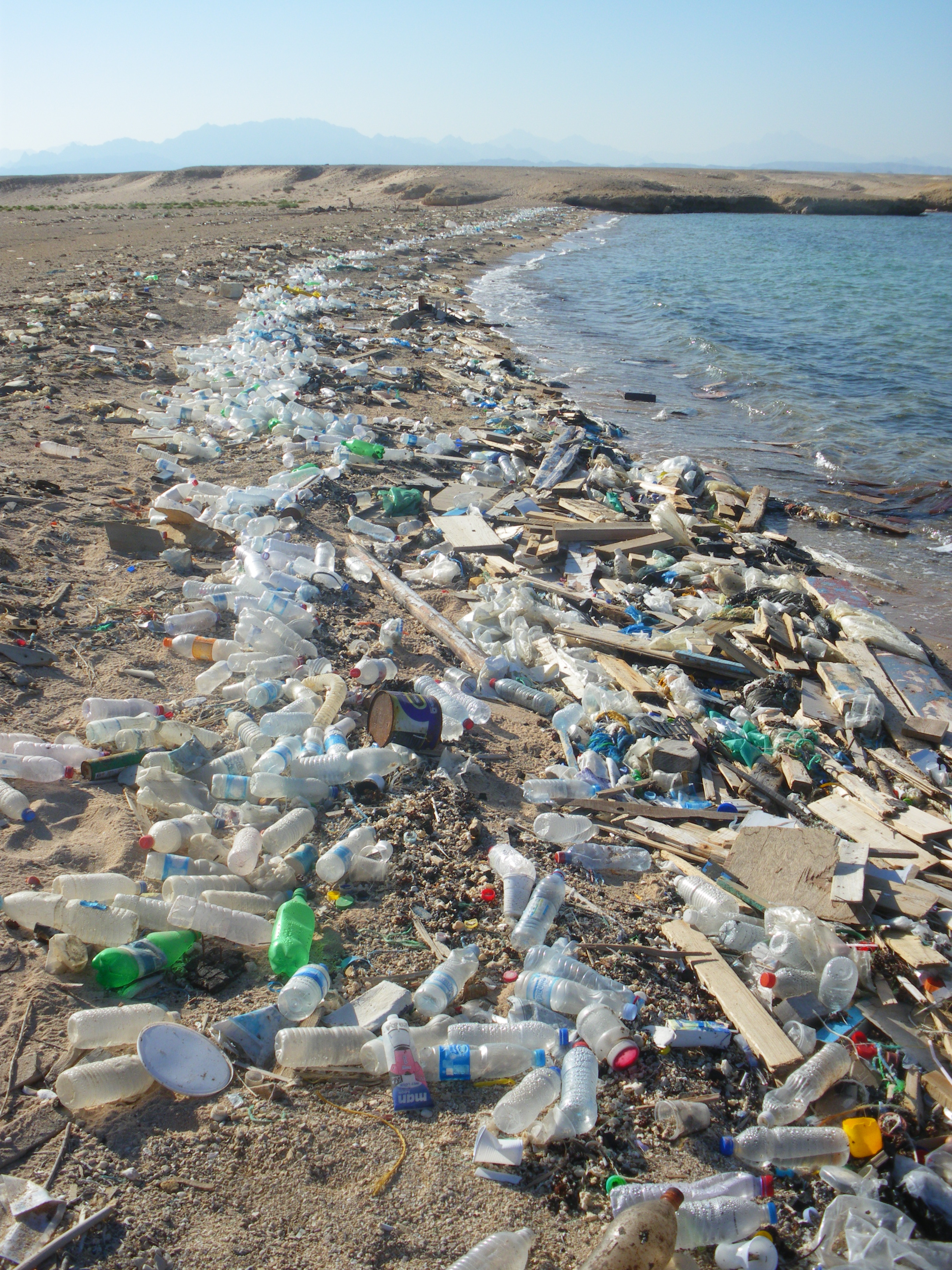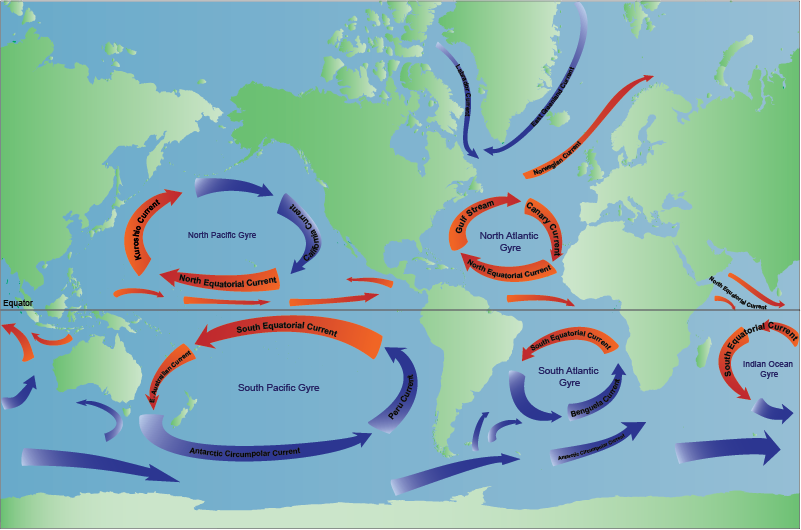*Department of Physics,
University of Surrey, GU2 7 XH Guildford, United Kingdom.
I am part of the Soft Matter Group, where we are particularly interested in all sorts of applications of soft materials. The project I am working on aims to develop new paints and coatings which are more environmentally friendly than the ones in the market. So I could say I am living proof that you can get a salary for watching paint dry!
I am part of the Soft Matter Group, where we are particularly interested in all sorts of applications of soft materials. The project I am working on aims to develop new paints and coatings which are more environmentally friendly than the ones in the market. So I could say I am living proof that you can get a salary for watching paint dry!
Until now, I have been preaching the benefits
and wonders of polymers and plastics (find out why I think we live in a world of plastic spaghetti and watching paint dry is fun). But today´s post is about their main disadvantage: the effect they have on the environment. Nowadays
we use disposable plastic at all times: food trays, plastic cups, carrier bags,
and wrapping film, are just a few examples. We are generating tons of plastic
waste every day. However, a huge amount of these items are not disposed of
properly (recycled) and they mostly end up in rivers and, eventually, in the
sea. And once they arrive there, their
fate is determined by the sea surface currents, which moves them from one place
to another.
 |
|
Polluted Beach on the
Red Sea in Sharm el-Naga, Port Safaga, Egypt.
Via Wikimedia Commons.
Public domain.
|
These sea currents have their origin in winds,
tides and water that comes from the mainland through rivers, for example. Their
general shape is determined by the rotation of the Earth and the morphology of
the coasts. There are five regions (called gyres)
in the oceans where the current pattern is circular, acting as a sink for all
the waste that we are throwing away to the sea.
 |
|
Ocean currents
around the world are determined by winds, tides and fresh water
income
from the mainland. There are five regions where they form a ring,
called ocean
gyres. Map taken from Teach Ocean Science
|
How
do we know they exist? Captain Charles Moore discovered the first one when
travelling back home after competing on a sailing race. He spotted a vast area
of the ocean covered by debris, mainly plastics, in what it is the North
Pacific gyre. That is, between the West Coast of the US and Japan. Current estimations
of the size of the so-called Great Pacific Garbage Patch vary significantly
depending on the source – from the size of Texas to twice the size of
continental US. However, it is clear that this is a massive vortex of garbage.
And remember that there are four more as big as this one in the other ocean
gyres around the world! These patches are not plastic islands but plastic soups,
with very tiny pieces that cannot be sieved. This makes their cleaning almost
an impossible task.
 |
|
Captain Charles Moore, the discoverer of the Great Pacific Garbage Patch,
holding a sample of the highly polluted water in the area.
Photo by Matt Cramer/AMRF. Via The
Telegraph
|
Just because these gyres are in the middle of
the ocean, really far away from inhabited land, you could think this is an “out
of sight, out of mind” problem. But no, it does affect you. Birds and fishes
living 5000 miles away from inhabited land have been found with plastic inside
their carcasses. They mistake small plastic pieces for prey and swallow them.
And with them, the toxins attached to the plastic. As an example, they could
contain bisphenol A, which causes hormone disorders. This substance has
recently been banned from the production of baby bottles. Or it could be
phthalates, which are potential carcinogens. In any case, if we eat a fish that
has swallowed plastic we are also eating the toxic substances attached to it.
Scary, right?
.jpg/800px-Albatross_at_Midway_Atoll_Refuge_(8080507529).jpg) |
|
Animal
carcasses filled with plastic waste. An albatross,
|
 |
| ... And a Pacific rainbow runner, photo from Algalita Research Foundation. |
At this point, after realizing how serious this
problem is, you probably have two main questions: “What is the solution to the
plastic soup?” and “How can I help?” There is not a simple answer to the first
one. It is not only a question of our responsibility as plastic consumers, but
also of the manufacturers of this plastics, and of the governments that ensure
that we comply with our responsibilities. The easiest way would be to stop
using disposable plastic, but the plastic industry lobbies will push against any
kind of measurement like that. As an alternative, two other things could be
done from the industry. First, using less kinds of plastic. That would make
much easier the recycling process, which is different for each kind of plastic.
Secondly, substituting the current plastic for biodegradable polymers. They
would disintegrate in a matter of days or weeks after use. As for how can you
help, there are plenty of things you can do. Whenever you go to the
supermarket, choose products that involve as less disposable plastic as
possible. Recycle your waste in the proper bins. Tell everyone you know of the
existence of the garbage patches, and of the importance of changing our
consumer mentality to help save the planet. You always have to remember: What
goes in the ocean goes in you.
 |
|
to raise awareness on marine pollution. Via Surfider Foundation.
|
References
Burns, L. G. 2007. Tracking Trash: Flotsam, jetsam and the science of Ocean Motion. Sandpiper.
Burns, L. G. 2007. Tracking Trash: Flotsam, jetsam and the science of Ocean Motion. Sandpiper.
Goosens, J.
2009. Plastic Soup. Lemniscaat.

No hay comentarios:
Publicar un comentario